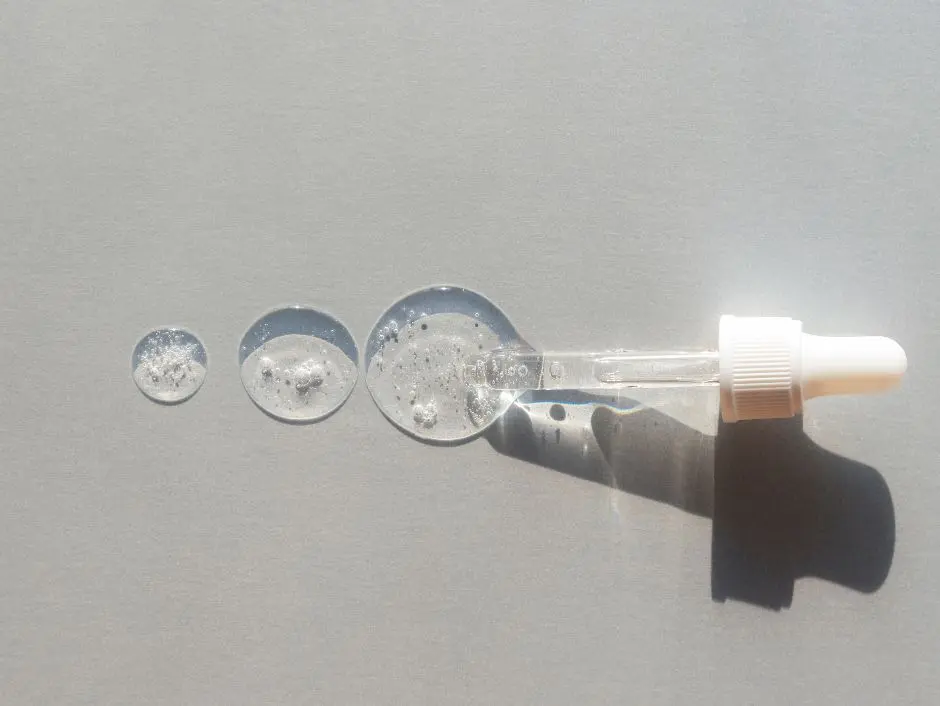Hyaluronic acid (HA) fillers, such as Juvederm®, have been extensively utilized to address various age-related skin concerns, including the reduction of facial lines and restoration of volume loss. Interestingly, these fillers also reportedly stimulate endogenous collagen production.
Endogenous collagen production refers to the natural process by which the body produces its own collagen. Collagen is a protein that is instrumental in maintaining healthy skin, bones, and connective tissue. When the body produces collagen on its own, it is able to maintain optimal levels of this important protein without the need for external supplements or interventions.
Endogenous collagen production can be supported through a healthy diet and lifestyle, as well as through certain skincare and beauty products that promote collagen synthesis.
Recent evidence demonstrates that fillers not only occupy empty spaces in the dermis but also markedly stimulate collagen synthesis, as reported in 2007 study. The scientists of the study observed a significant increase in new collagen formation in the areas treated with HA fillers within a few months following treatment.
Syringes of hyaluronic acid based fillers were used in the study. Researchers administered injections of the HA filler in participants and performed punch biopsies at four and 13 weeks post-treatment to analyze the skin’s composition. The findings revealed a remarkable presence of both the filler and newly synthesized collagen in the skin samples, exceeding the researchers’ expectations.
The investigators found that fibroblast cells may play a crucial role in this process. Collagen fibres in younger individuals provide a dermal scaffold to which fibroblasts attach and extend, facilitating collagen turnover as older fibres degrade. (Fibroblasts are cells responsible in the production and maintenance of elastin.)
However, the efficiency of this process declines with age due to factors such as ultraviolet radiation exposure and degradation of collagen fibres and fibroblasts, leading to a reduction in collagen synthesis.
The researchers hypothesized that introducing fillers could reactivate fibroblasts by reinstating their stretched state, thereby enhancing collagen and elastin production. They found that HA fillers mimic the properties of collagen fibres beneath the skin, reestablishing a network similar to the endogenous collagen matrix. As anticipated, fibroblasts extended along the filler components, simulating interactions with native collagen fibres, subsequently reinitiating collagen synthesis.
By maintaining optimal levels of collagen and elastin, the body can better resist the signs of aging and maintain overall health and wellness. And you’ll look younger too!




Leave a Reply